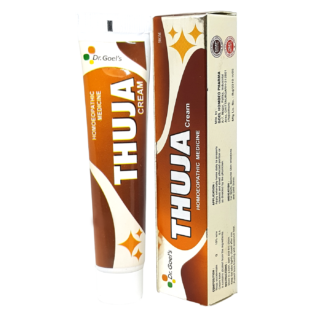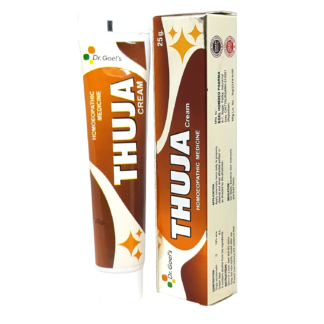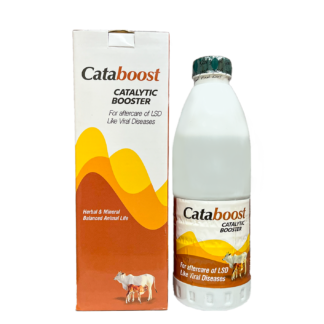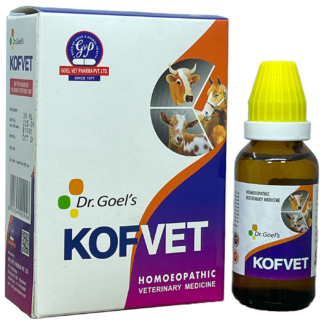Allergies in Pets: Identification, Treatment, and Prevention

 Australian Shepherd
Australian Shepherd Beagle
Beagle Belgium Shepherd
Belgium Shepherd Bernese Mountain Dog
Bernese Mountain Dog Border Collie
Border Collie Boxer
Boxer Bulldog
Bulldog Cavalier King Charles Spaniel
Cavalier King Charles Spaniel Chihuahua
Chihuahua Cocker Spaniel
Cocker Spaniel Dachshund
Dachshund Doberman Pinscher
Doberman Pinscher Dogo Argentino
Dogo Argentino French Bulldog
French Bulldog German Shepherd
German Shepherd Golden Retriever
Golden Retriever Great Dane
Great Dane Himalayan Shepherd
Himalayan Shepherd Indie Dogs
Indie Dogs Labrador Retriever
Labrador Retriever Pakistani Bully
Pakistani Bully Pembroke Welsh Corgi
Pembroke Welsh Corgi Pitbull
Pitbull Pomeranian
Pomeranian Poodle
Poodle Pug
Pug Rottweiler
Rottweiler Shih Tzu
Shih Tzu Siberian Husky
Siberian Husky Yorkshire Terrier
Yorkshire Terrier Australian Shepherd
Australian Shepherd Beagle
Beagle Belgium Shepherd
Belgium Shepherd Bernese Mountain Dog
Bernese Mountain Dog Border Collie
Border Collie Boxer
Boxer Bulldog
Bulldog Cavalier King Charles Spaniel
Cavalier King Charles Spaniel Chihuahua
Chihuahua Cocker Spaniel
Cocker Spaniel Dachshund
Dachshund Doberman Pinscher
Doberman Pinscher Dogo Argentino
Dogo Argentino French Bulldog
French Bulldog German Shepherd
German Shepherd Golden Retriever
Golden Retriever Great Dane
Great Dane Himalayan Shepherd
Himalayan Shepherd Indie Dogs
Indie Dogs Labrador Retriever
Labrador Retriever Pakistani Bully
Pakistani Bully Pembroke Welsh Corgi
Pembroke Welsh Corgi Pitbull
Pitbull Pomeranian
Pomeranian Poodle
Poodle Pug
Pug Rottweiler
Rottweiler Shih Tzu
Shih Tzu Siberian Husky
Siberian Husky Yorkshire Terrier
Yorkshire Terrier
Pet allergies are relatively common and can manifest in various ways. Identifying, treating, and preventing allergies in your pet involves careful observation, veterinary consultation, and sometimes lifestyle adjustments. Here’s a guide on how to handle pet allergies:
Check Out Our Product : – STRESSZA for Pets 30ml

In cases of environmental pet allergies, your vet might recommend immunotherapy (allergy shots) to desensitise your pet’s immune system.

If your pet has pet allergies or sensitivities, it’s essential to choose products that are allergy-friendly to provide them with a comfortable and safe environment. Here are some allergy-friendly pet products to consider:
To conclude, always consult with your veterinarian before introducing new products or making significant changes to your pet’s environment. They can provide guidance on the most suitable products based on your pet’s specific allergies and sensitivities. Remember, each pet is unique, and the approach to identifying and managing pet allergies may vary. Work closely with your veterinarian to create a tailored plan for your pet’s health and well-being.
Read more : – How to Administer Medications to Your Pet: A Step-by-Step Guide
 Thuja Cream 50gm | For Wart, Bacterial Skin Infection and Cold Sores
₹100.00
Thuja Cream 50gm | For Wart, Bacterial Skin Infection and Cold Sores
₹100.00
 Thuja Cream 25gm | For Wart, Bacterial Skin Infection and Cold Sores
₹65.00
Thuja Cream 25gm | For Wart, Bacterial Skin Infection and Cold Sores
₹65.00
 Cataboost Catalytic Booster For Aftercase of LSD like Viral Diseases
₹240.00 – ₹600.00
Cataboost Catalytic Booster For Aftercase of LSD like Viral Diseases
₹240.00 – ₹600.00
 Lactorite For Cattle 30ml - For Increasing Lactation Rate
₹180.00
Lactorite For Cattle 30ml - For Increasing Lactation Rate
₹180.00
 KOFVET For Cattle 30ml - For Cough Issues
₹225.00
KOFVET For Cattle 30ml - For Cough Issues
₹225.00

COPYRIGHT © 2020 GOELVETPHARMAPVT.LTD. ALL RIGHTS RESERVED
WhatsApp us